The middle ranks (4 & 3) are hosting the 'Computing' section.
| No. | Exhibit picture | Exhibit | Details | ||
| 1 | 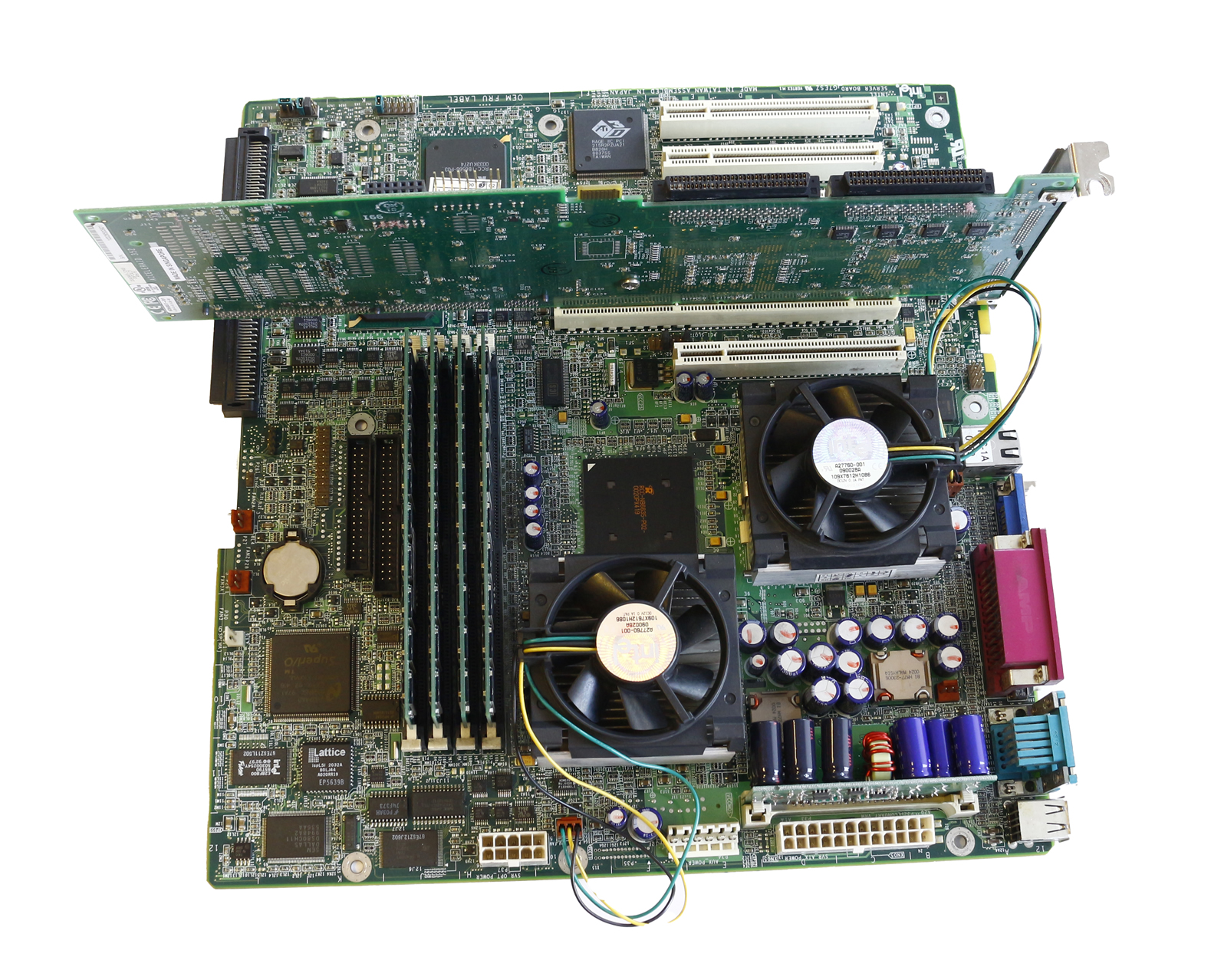 |
Dual processor Motherboard equipped with (see below with *) |
It is easy to see the fact that this MP in particular is hosting two CPUs. Usually this setup is designed for servers, and that was the case here too - it was the Web server of Faculty of Public Administration. |
||
| 2* | 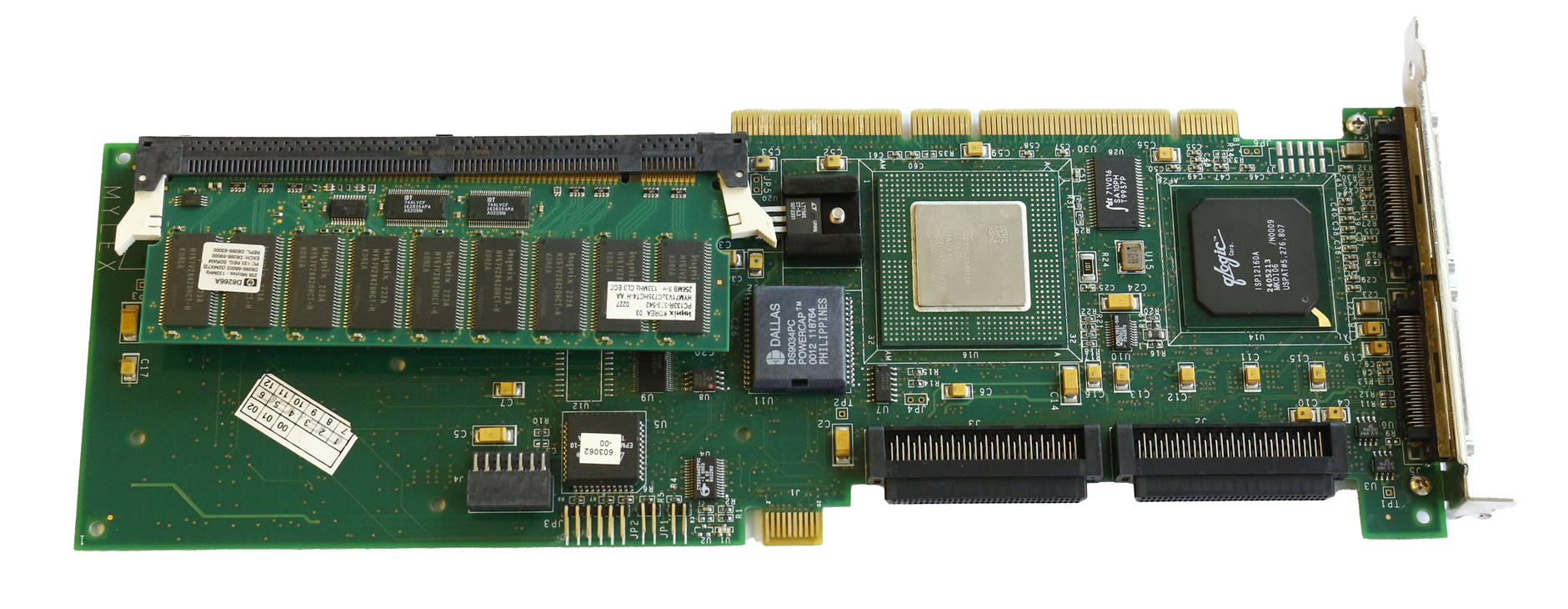 |
* RAID card equipped with (see below with**) |
RAID (Redundant Array of Independent Disks) is a type of data storage virtualization technology that lumps physical disk drive components together to drive data redundancy and/or improvement. A RAID card manages a PC’s hard disk drives or solid-state drives (SSDs) so that they work together and drive redundancy and/or performance. It can be hardware (a RAID card like this one) or software. For our server this piece of equipment was handling 5 (five) SCSI HDD of 100 GB each. |
||
| 3** | 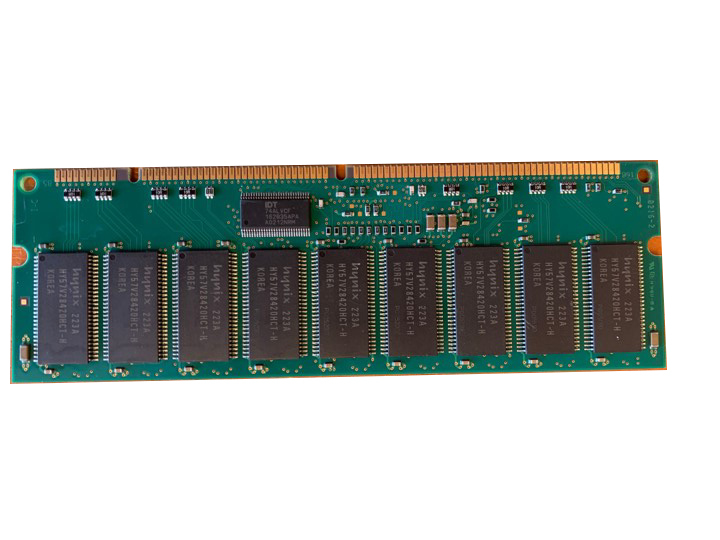 |
** RAM card | A dedicated RAM card to deal the needs of the RAID controller. | ||
| 4* | 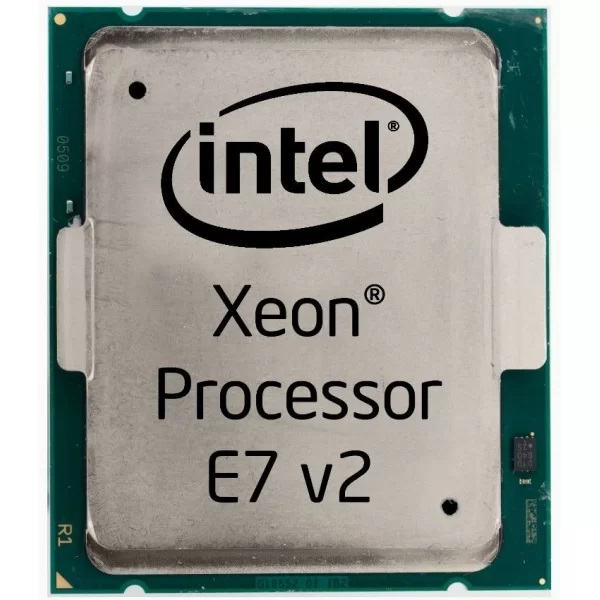 |
* CPUs |
2 x Xeon CPUs Frequency: Year: 2001
|
||
| 5* | 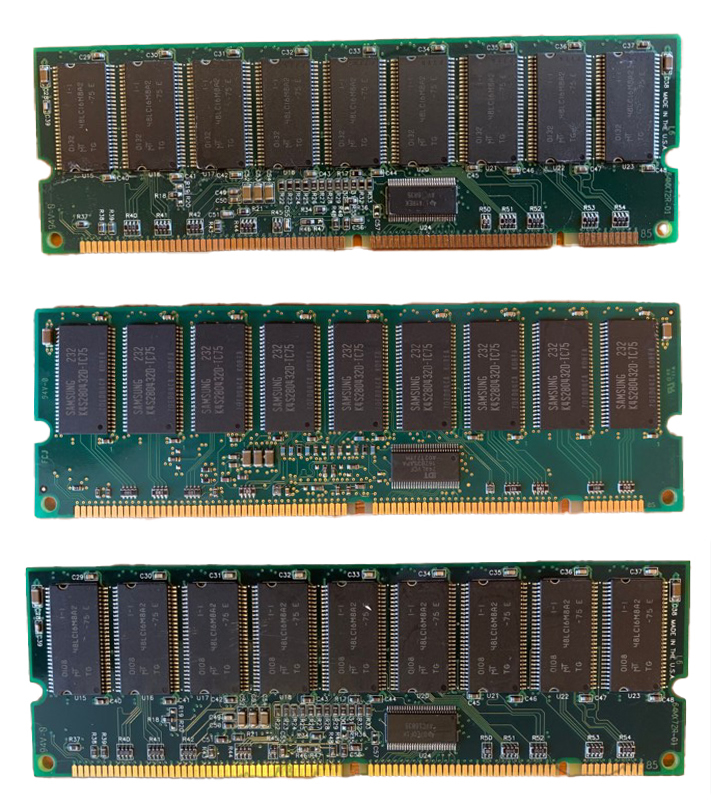 |
* RAM cards | Despite the picture, on the above MB, were installed 4 x 256 MB RAM cards working on a frequency of 133 MHz each. | ||
| 6 | 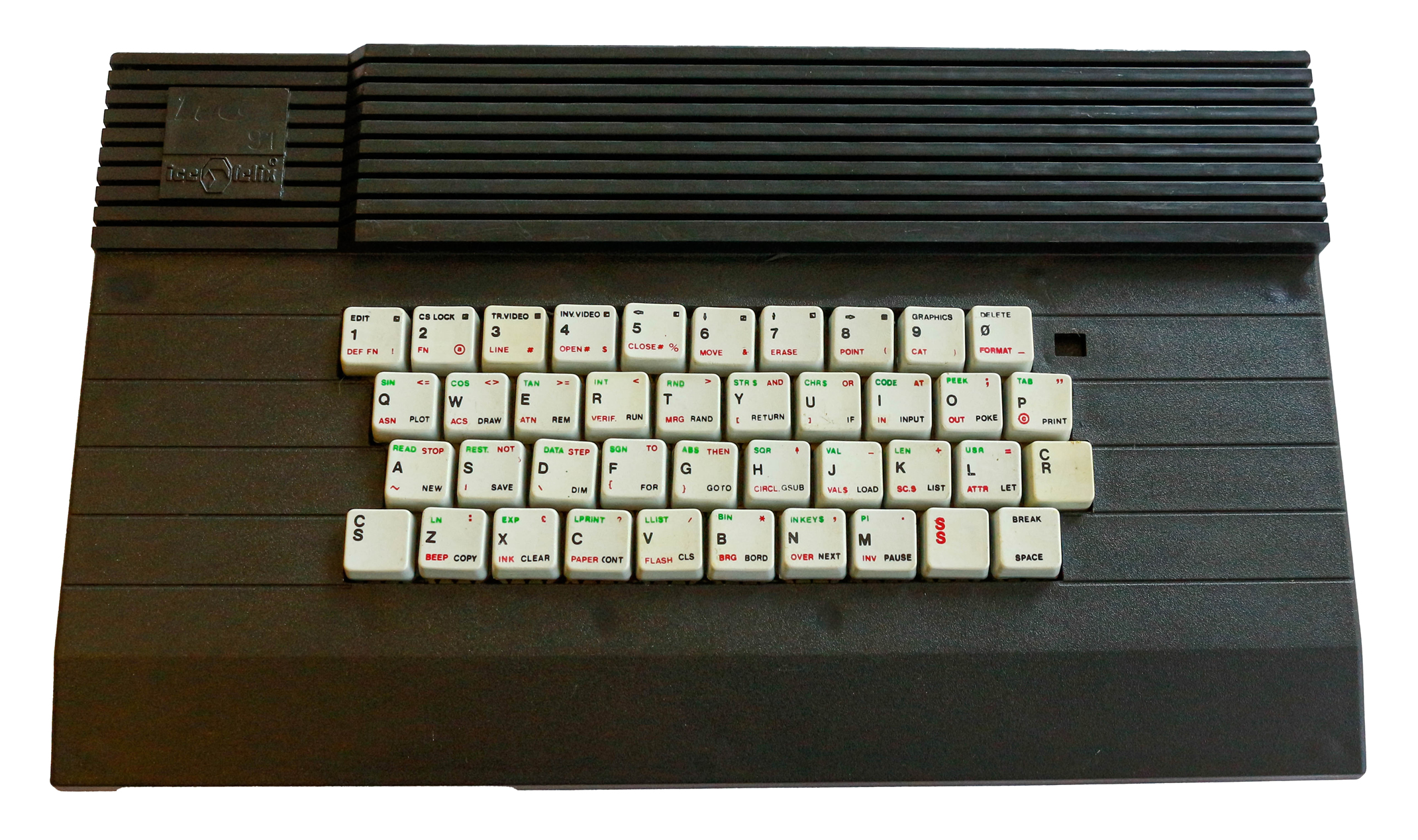 |
HC Felix 91 |
The HC-91 is a Romanian ZX-Spectrum clone. Build in language: Spectrum Basic interpreter CPU: Z80-A, speed of 3.5 Mhz. Price: 250 USD |
||
| 7 | 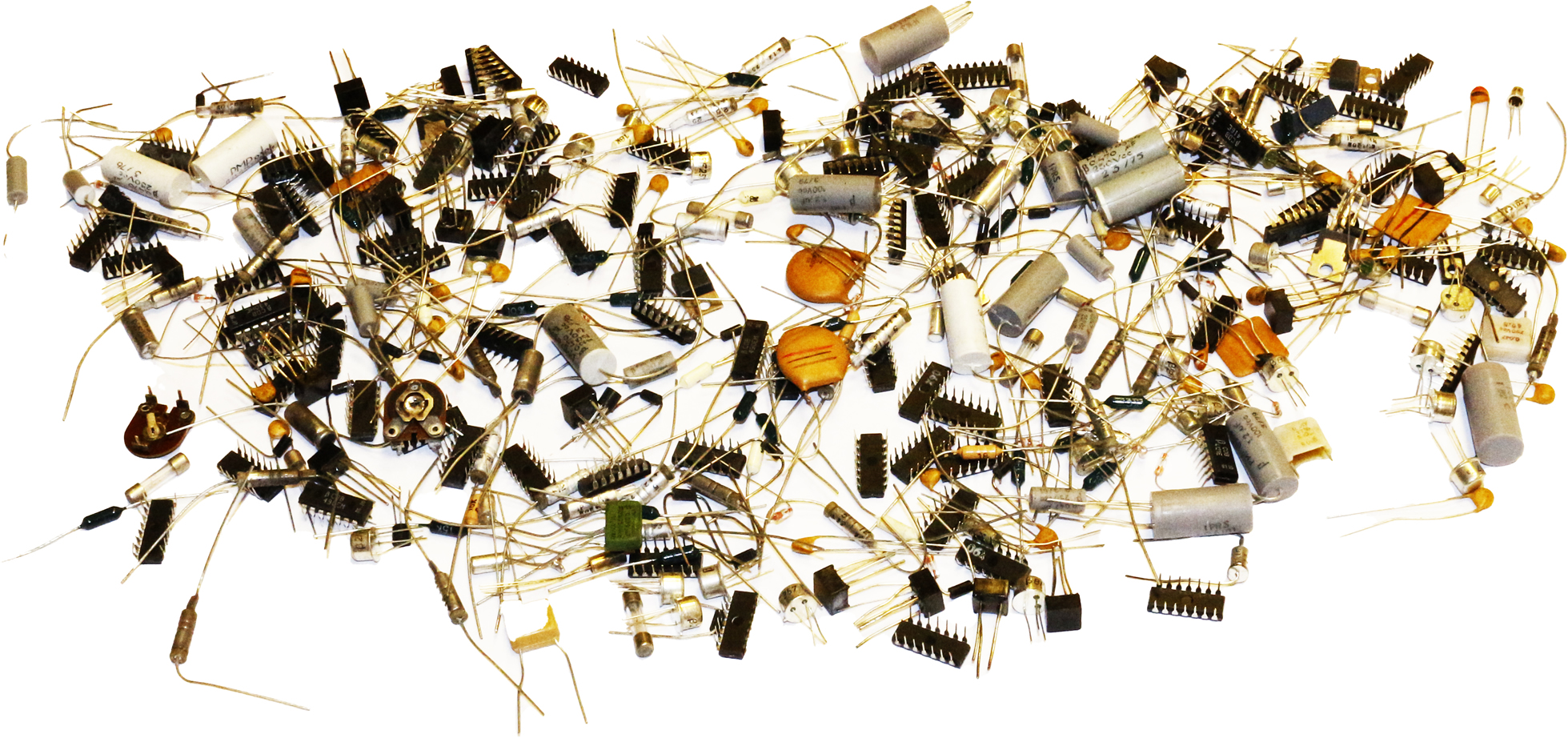 |
Transistors, Integrated circuits (microchips) & other electronic parts | A rather wide collection of ancient (as of today) electronic parts who once were so much in use to build up computers and accessories. Looking at other computer parts dipslayed we can see the similarities between those already inserted on different cards and the floating ones. | ||
| 8 | 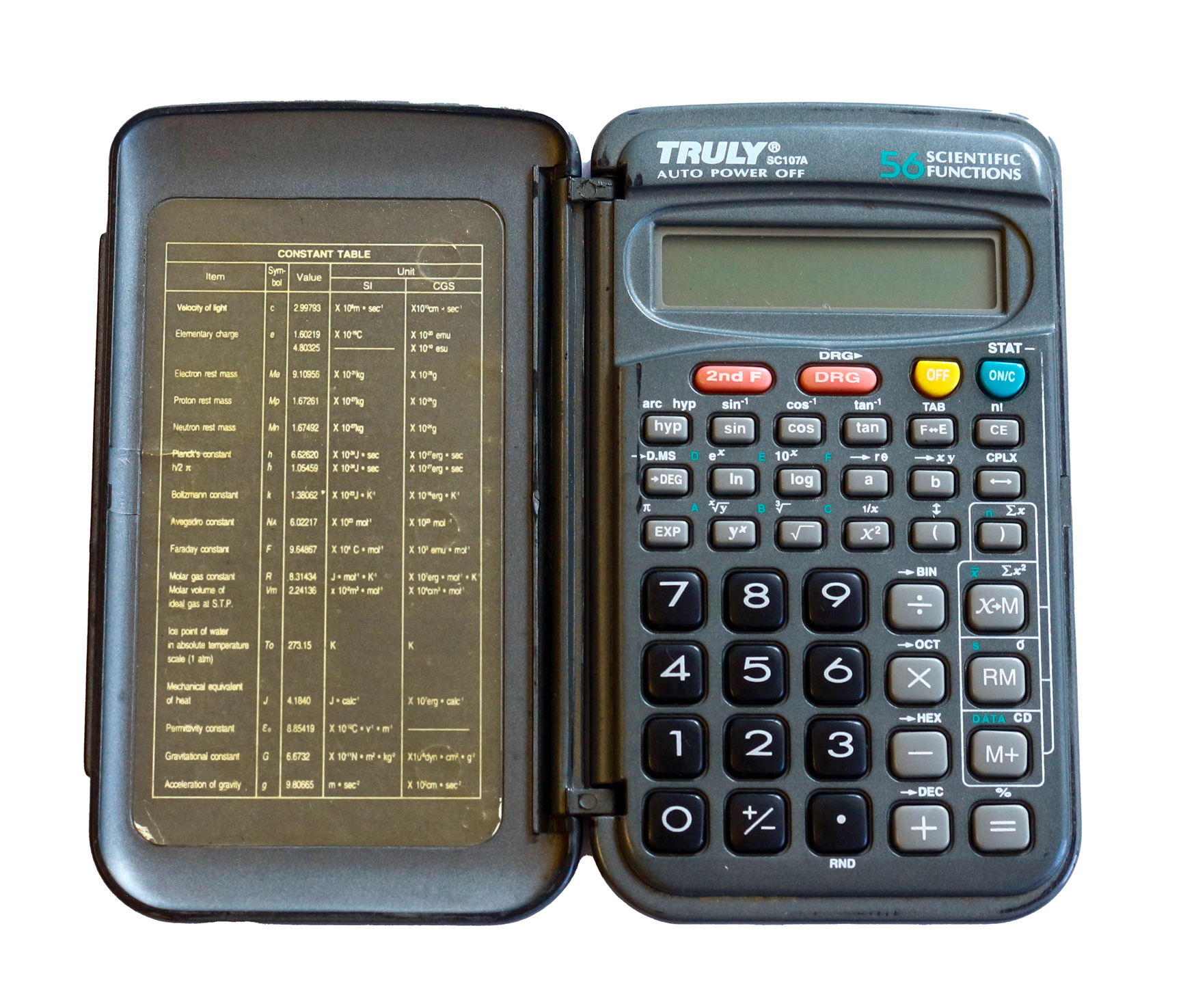 |
Scientific calculator |
Display: 10/2 digits Year: 1996 Price: 80 USD |
||
| 9 | 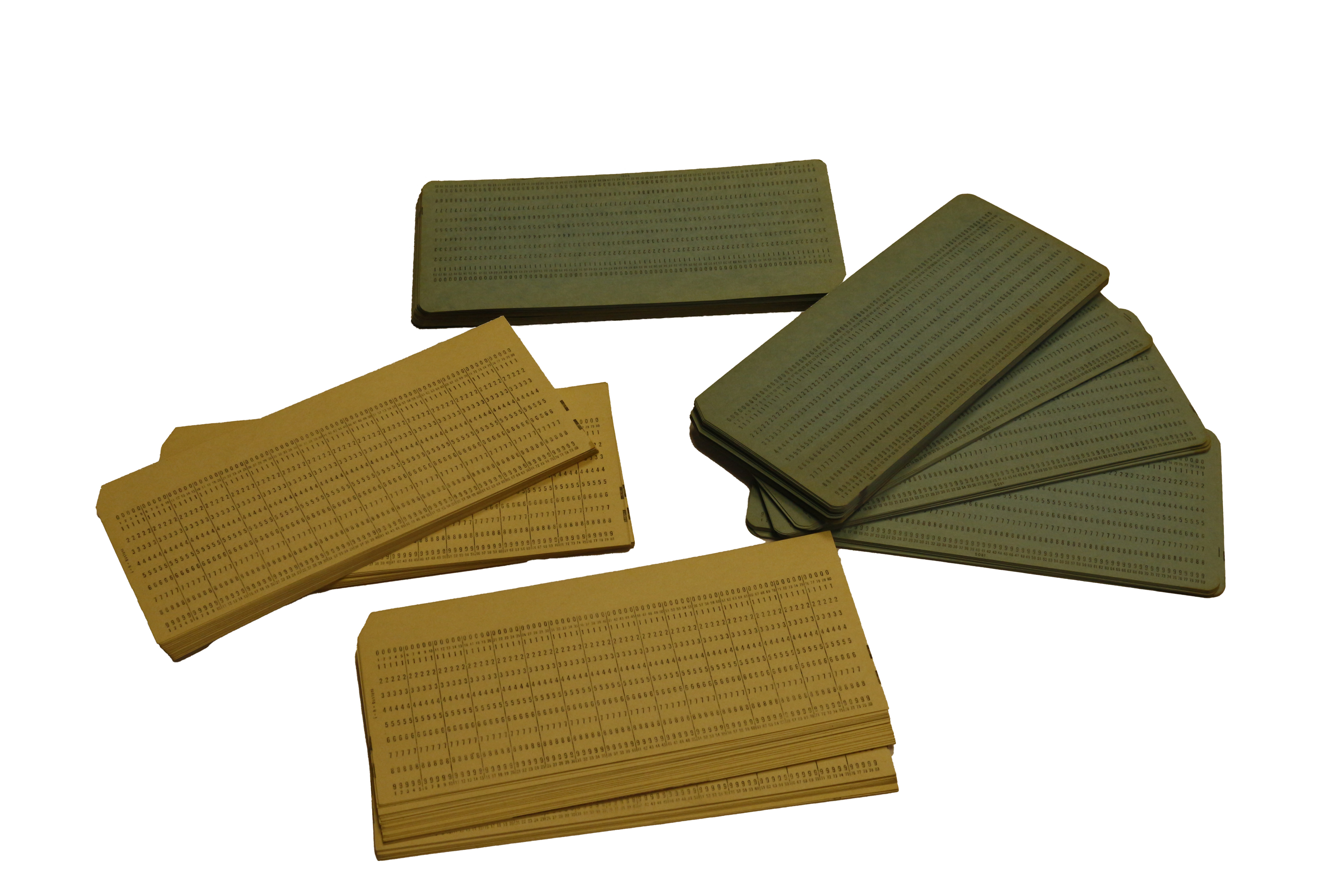 |
Punch cards |
A punch card is a piece of stiff paper that holds digital data represented by the presence or absence of holes in predefined positions. Punched cards were once common in data processing applications or to directly control automated machinery. Developed by IBM to this final format they are as old as the year 1725. However, the ones showed here are made by a 1862-1923 standard format being as old as roughly 100 years. |
||
| 10 | 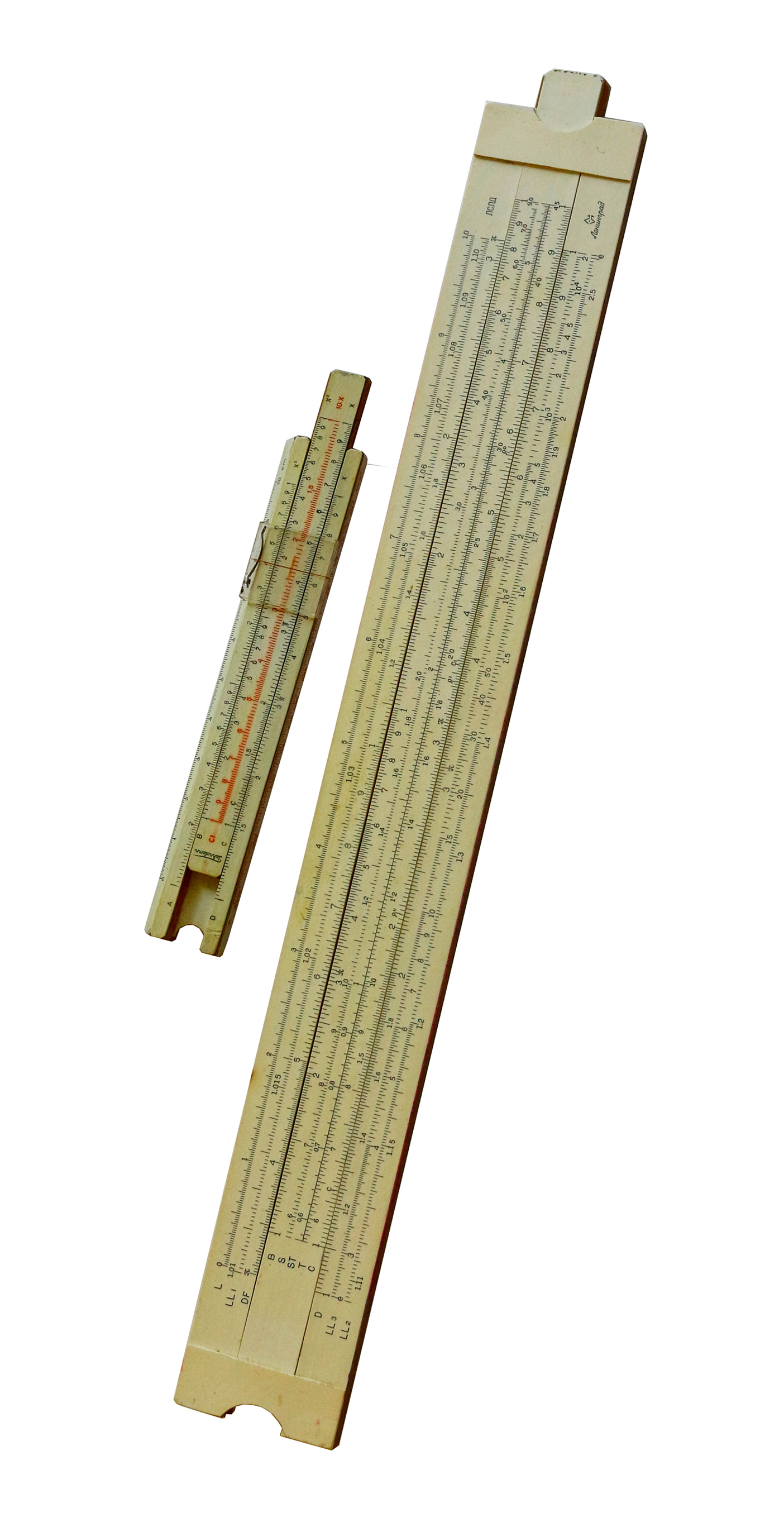 |
Slide rules |
The slide rule is a mechanical analog computer which is used primarily for multiplication and division, and for functions such as exponents, roots, logarithms, and trigonometry. THey were firstly developed in the 17th century based on the emerging work on logarithms. Before the advent of the electronic calculator, it was the most commonly used calculation tool in science and engineering. The slide rule's ease of use, ready availability, and low cost caused its use to continue to grow through the 1950s and 1960s, even as electronic computers were being gradually introduced. However, the introduction of the handheld electronic scientific calculator around 1974 made slide rules largely obsolete, and most suppliers left the business. |
||
| 11 | 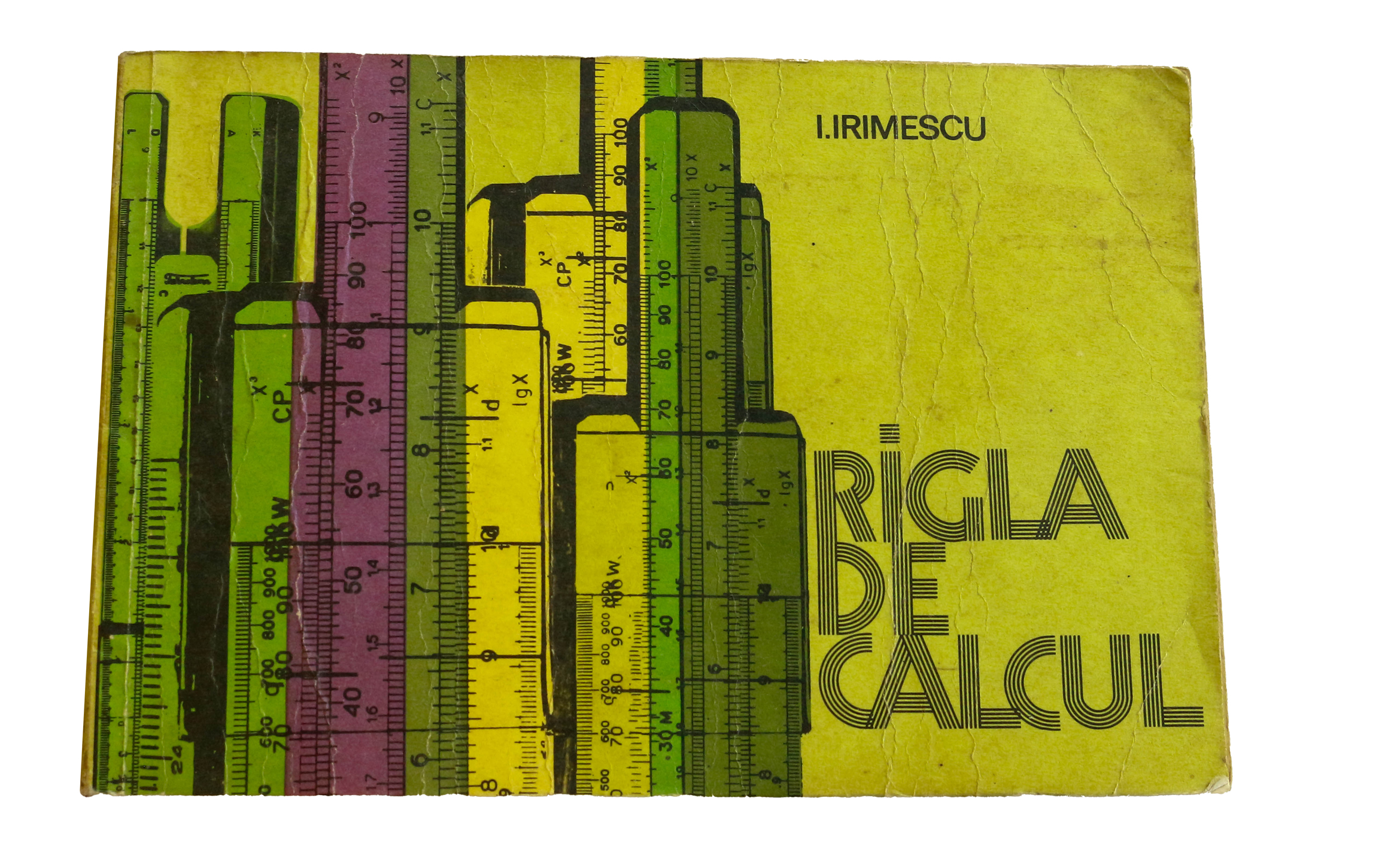 |
Slide rules manual | This book, entitled "RIGLA DE CALCUL" is written by the author I. IRIMESCU and was published by the TEHNICA publishing house in 1978. The book is written in Romanian and has 110 pages with a paperback type cover. | ||